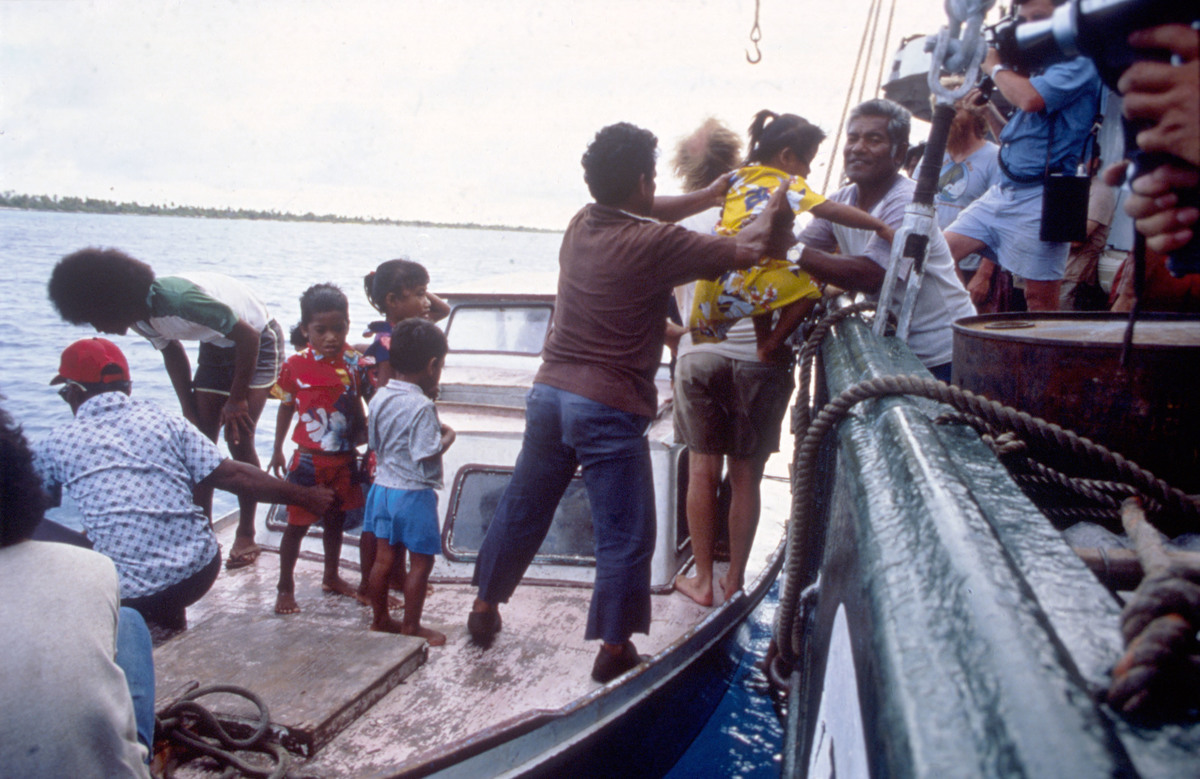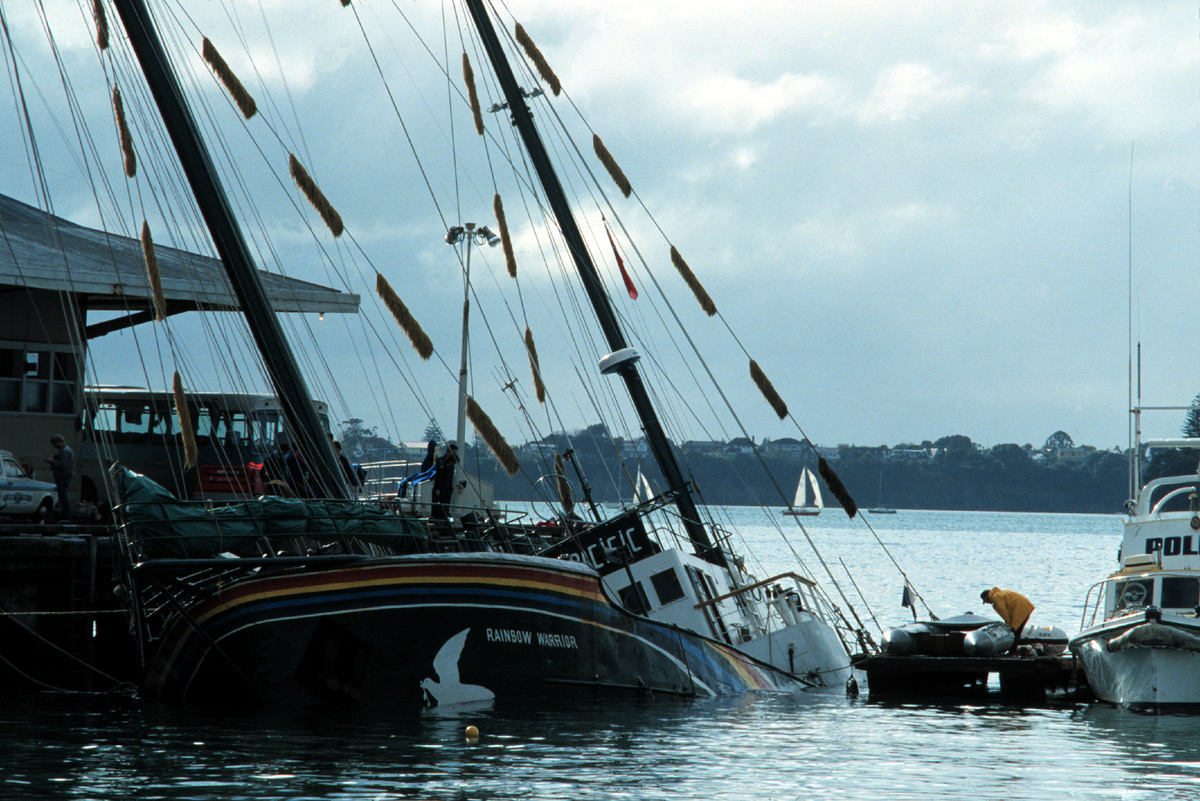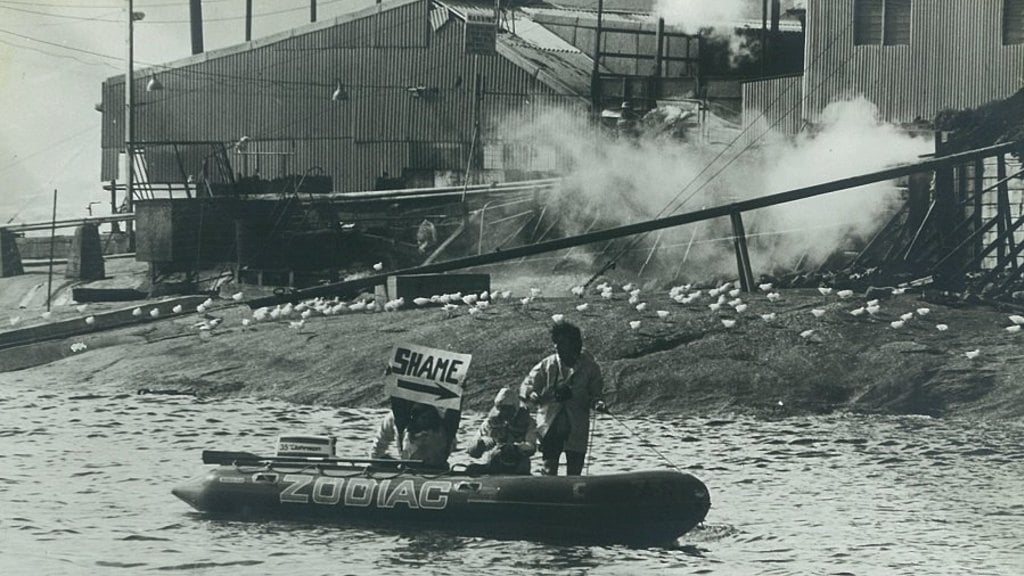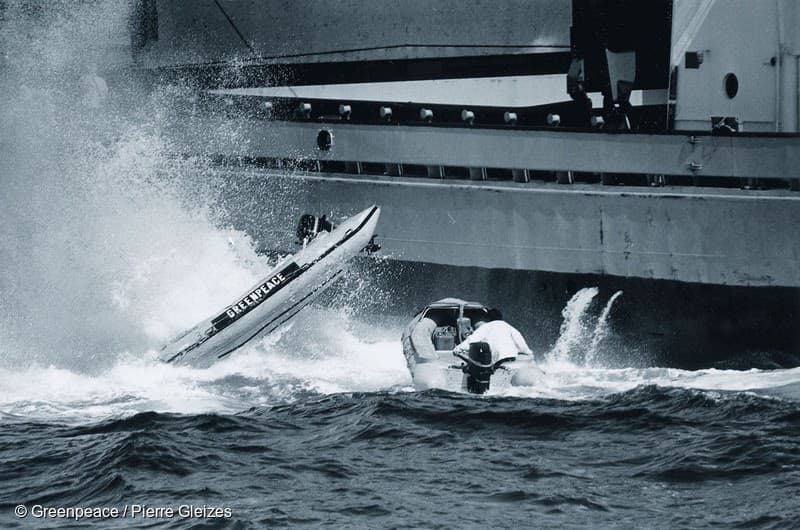The History of Greenpeace
For the better part of a century, Greenpeace has indeed changed the world. We are willing to go to the ends of the earth to safeguard our planet for generations to come.
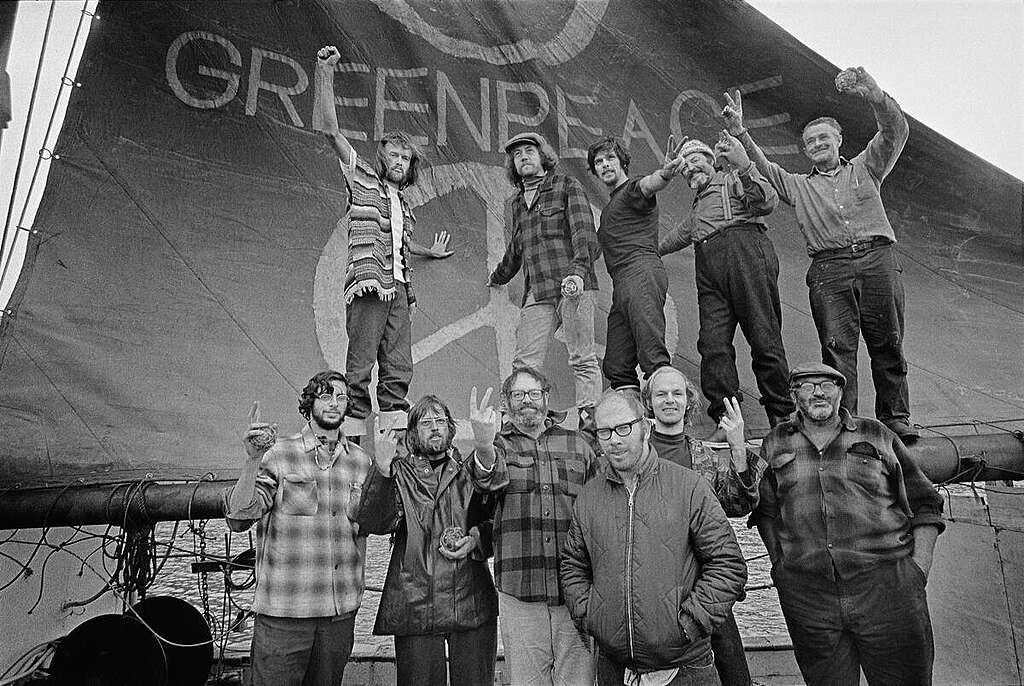
How it all began
There’s an old joke that in any bar in Vancouver Canada you can sit down next to someone who claims to have founded Greenpeace. In fact, there was no single founder, and the name, idea, spirit, tactics, and internationalism of the organisation all can be said to have separate lineages.
Here are a few facts about Greenpeace’s History
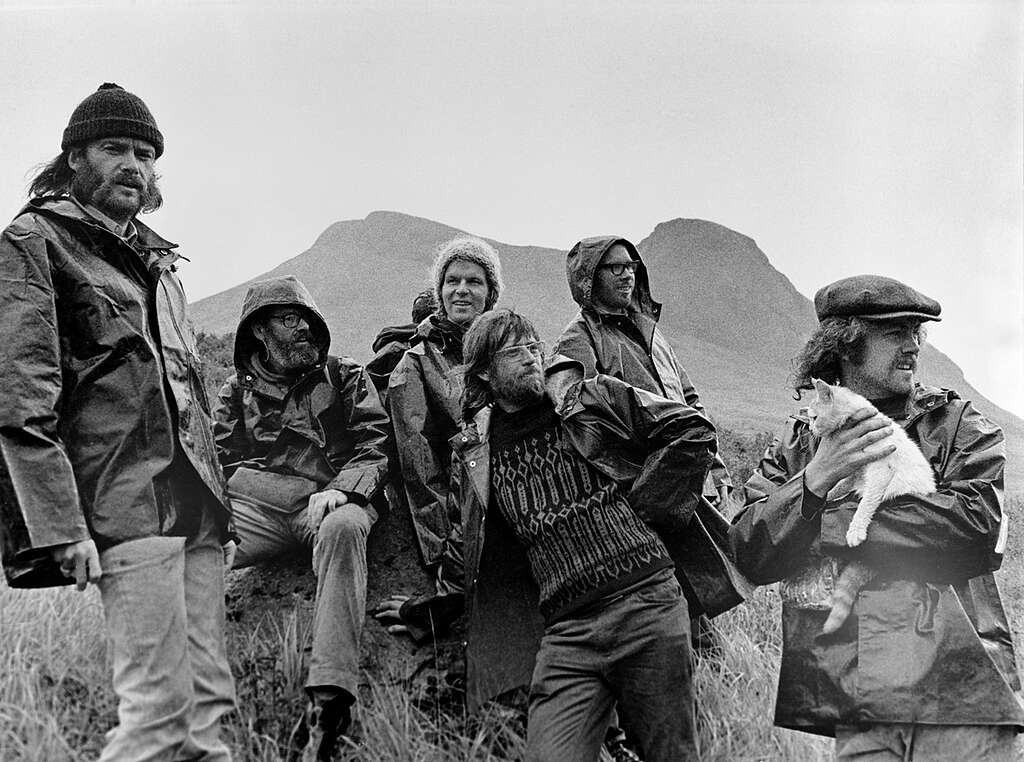
In 1970, the Don’t Make A Wave Committee was established; its sole objective was to stop a second nuclear weapons test at Amchitka Island in the Aleutians. The committee’s founders were Dorothy and Irving Stowe, Marie and Jim Bohlen, Ben and Dorothy Metcalfe, and Bob Hunter. Its first directors were Stowe, Bohlen, and a student named Paul Cote.
Canadian ecologist Bill Darnell came up with a dynamic combination of words to bind together the group’s concern for the planet and opposition to nuclear arms. In the words of Bob Hunter, “Somebody flashed two fingers as we were leaving the church basement and said ‘Peace!’ Bill said ‘Let’s make it a Green Peace’. And we all went Ommmmmmmm.” Jim Bohlen’s son Paul, having trouble making the two words fit on a button, linked them together into the committee’s new name: Greenpeace.
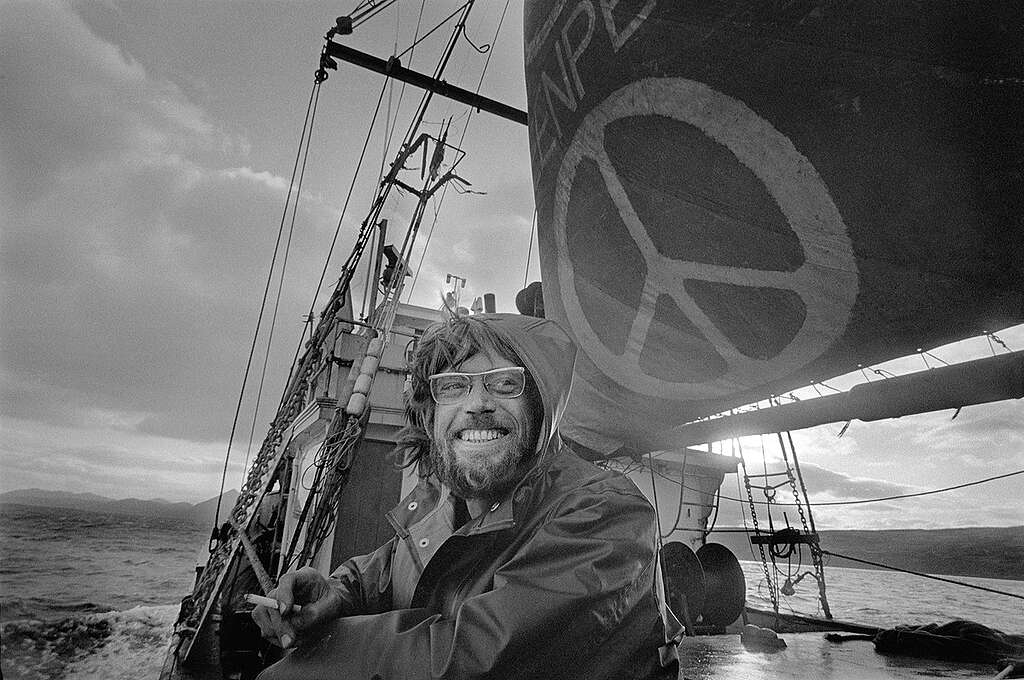
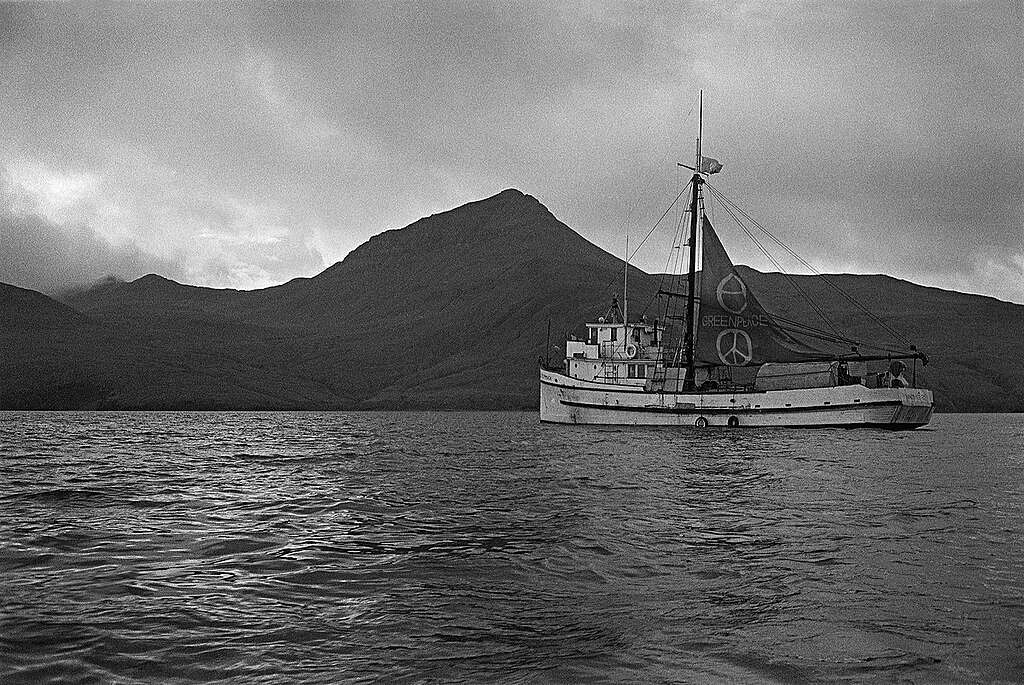
Marie Bohlen was the first to suggest taking a ship up to Amchitka to oppose the U.S. plans. The group organised a boat, the Phyllis Cormack – renamed the Greenpeace, and set sail to Amchitka to “bear witness” (a Quaker tradition of silent protest) to the nuclear test.
“The only delivery system we had which could possibly fend off the military’s nuclear weapons delivery system was the mass media. Our idea was that we would fire off press releases instead of ballistic missiles. So in a way this little old fishing boat became a kind of media battleship.” Bob Hunter
On board the Greenpeace
| Name | |
|---|---|
| Captain John Cormack | The boat’s owner |
| Jim Bohlen | Greenpeace |
| Bill Darnell | Greenpeace |
| Patrick Moore | Greenpeace |
| Dr Lyle Thurston | Medical Practitioner |
| Dave Birmingham | Engineer |
| Terry Simmons | Cultural Geographer |
| Richard Fineberg | Political Science Teacher |
| Robert Hunter | Journalist |
| Ben Metcalfe | Journalist |
| Bob Cummings | Journalist |
| Bob Keziere | Photographer |
Bob Hunter would take the lessons of that first voyage forward and improvise upon them to the point that he, more than anyone else, invented Greenpeace’s brand of individual activism. Amchitka, it has turned out, was only the beginning of what would come to be a much bigger story.

